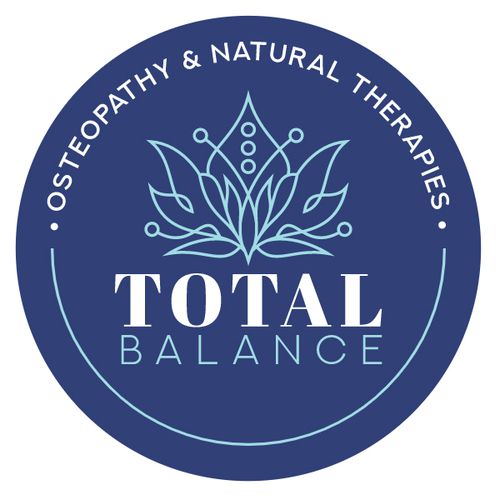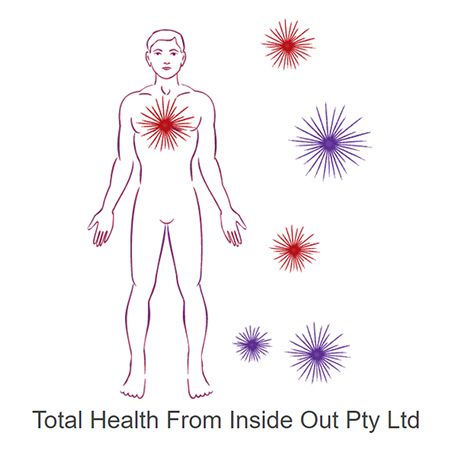
Have you ever wondered if there are gentler alternatives to manage osteoporosis beyond medication? If you're like many Australians seeking more holistic approaches to healthcare, osteopathy might be worth exploring. This natural therapy is gaining recognition not just for back pain, but for its potential benefits in supporting those with osteoporosis too.
What exactly is osteoporosis?
Osteoporosis literally means "porous bones" – and that's exactly what happens. Think of your bones as a honeycomb structure. In healthy bones, those little spaces are small and the bone tissue is dense. But when osteoporosis develops, those spaces grow larger, making bones thinner, weaker, and more likely to break with even minor bumps or falls.
It's a bit like what happens to a piece of coral left in the sun too long – it becomes more fragile and brittle over time.
Who's most at risk?
Women, particularly after menopause, face a higher risk because of declining oestrogen levels. When I explain this to clients, I often use the analogy that oestrogen is like a security guard for your bones – when that guard goes off duty, bone loss can accelerate.
The tricky thing about osteoporosis is its silence. There's usually no pain or symptoms until a fracture occurs. Many people discover they have it only after breaking a bone that doesn't heal as quickly as expected or after getting a bone density scan.
Common risk factors include:
- Age (especially over 50)
- Family history
- Low calcium intake throughout life
- Sedentary lifestyle
- Smoking and excessive alcohol consumption
- Certain medications, particularly long-term use of corticosteroids
Understanding these risk factors is crucial, but knowing them doesn't mean you're powerless. There are many approaches to protecting and supporting your bone health, from conventional medical treatments to complementary therapies like osteopathy.
For a comprehensive overview of osteoporosis, including prevention strategies and conventional treatments, check out our Osteoporosis 101 guide – it works perfectly alongside this information about osteopathic approaches."
Osteopathy: More than just back cracking
Contrary to what many people think, osteopathy isn't just about spinal adjustments with dramatic cracks and pops. It's a holistic approach that views your body as an integrated unit where structure and function are interconnected.
An osteopath is like a body mechanic with an understanding of anatomy that goes beyond the surface. They're trained to feel subtle changes in tissue quality, joint mobility, and muscle tension – things you might not even realise are contributing to your health issues.
For someone with osteoporosis, an osteopathic treatment is gentle, thoughtful, and tailored to your specific needs. Safety is paramount – a qualified osteopath will modify techniques to avoid putting pressure on fragile bones.
How can osteopathy help with osteoporosis?
You might be wondering, "How can hands-on treatment possibly help with a condition affecting bone density?" It's a fair question.
While osteopathy can't reverse bone loss (nothing except medication can currently claim that), it offers several benefits that complement conventional medical treatment:
- Improved posture and alignment Osteoporosis often leads to postural changes like the classic "dowager's hump." Through gentle techniques and exercises, osteopaths help maintain better alignment, potentially reducing fracture risk and maintaining height.
- Enhanced mobility and function By working on the muscles, fascia, and joints, osteopaths help keep your body moving more freely. Better movement means better balance, and better balance means fewer falls – a major concern with osteoporosis.
- Pain management For those who've already experienced fractures, osteopathy offers non-pharmaceutical approaches to pain relief through soft tissue work and gentle mobilisation techniques.
- Support for the whole body An osteopath doesn't just focus on your bones. They look at how your nervous system, circulation, and even breathing might be affecting your overall health and bone metabolism.
Osteopathic techniques safe for osteoporosis
If you're picturing forceful adjustments, think again. Osteopaths have a vast toolkit of techniques, many of which are perfect for those with fragile bones:
- Gentle soft tissue work Think of this as sophisticated massage that targets specific muscles and fascia. It helps improve blood flow (important for healing and nutrient delivery to bones) and releases tension that might be pulling your skeleton out of alignment.
- Strain/counterstrain This incredibly gentle technique positions your body to release tension patterns without force. It's like finding the "sweet spot" where your tissues naturally let go.
- Balanced ligamentous tension Another extremely gentle approach that helps your body find balance through subtle holds and positioning.
- Functional techniques These involve the osteopath guiding your joints through natural movements to improve function without strain.
- Cranial osteopathy Perhaps the gentlest approach in the osteopathic toolkit, involving subtle touch that influences the flow of cerebrospinal fluid and releases tension patterns throughout the body.
What does the research say?
The scientific evidence for osteopathy specifically for osteoporosis is still developing, but there are promising findings regarding its role in pain management and quality of life.
A well-known study published in 2012 found that osteopathic manipulative treatment (OMT) improved quality of life measures in elderly patients with osteoporosis. This randomized controlled trial showed that six sessions of osteopathic treatment helped improve patients' self-reported quality of life compared to those receiving sham treatments.
Another interesting area of research involves fall prevention. Since fractures are the main concern with osteoporosis, anything that reduces fall risk is valuable. Osteopathic techniques can improve balance, muscle strength, and proprioception (your body's awareness of position), all key factors in preventing falls.
While there is currently limited evidence that osteopathy directly affects bone mineral density (BMD), some researchers have suggested that "investigation of osteopathic manipulative treatment to address osteoporosis-related back pain may be warranted", highlighting the need for more research in this area.
Finding the right osteopath for osteoporosis
Not all practitioners have specific experience with osteoporosis, so it's worth doing some homework:
- Look for a registered osteopath with Osteopathy Australia or at Natural Therapy Pages
- Ask about their experience treating people with osteoporosis
- Ensure they have proper qualifications and insurance
- Discuss how they would modify techniques for your condition
Remember, a good osteopath will always take a detailed health history and may ask to communicate with your GP or specialist before treatment.
Integrating osteopathy into your osteoporosis management plan
Think of osteopathy as one piece of a larger puzzle in managing osteoporosis. For the best results, consider how it fits alongside:
- Medical treatment Osteopathy works best as a complement to, not a replacement for, medical care. Medications that slow bone loss or build bone are often necessary, especially for those with severe osteoporosis.
- Nutrition Your osteopath might discuss dietary factors that support bone health, particularly calcium and vitamin D intake. In Australia, where vitamin D deficiency is surprisingly common despite our sunny reputation, this advice can be valuable.
- Exercise Weight-bearing exercise is crucial for bone health. Many osteopaths can recommend specific exercises or refer you to appropriate exercise professionals.
- Lifestyle modifications Simple changes like removing trip hazards at home, improving lighting, and using assistive devices when needed can dramatically reduce fracture risk.
Real-life benefits: What patients experience
People who incorporate osteopathy into their osteoporosis management often report:
- Reduced pain and stiffness
- Improved mobility and confidence in movement
- Better posture and body awareness
- Enhanced quality of life and well-being
- Empowerment through understanding their condition better
While everyone's experience differs, these outcomes highlight osteopathy's potential as part of a holistic approach to living well with osteoporosis.
Is osteopathy right for you?
If you're considering osteopathy as part of your osteoporosis management, have a chat with your GP first. Bring a list of questions to your initial osteopathic consultation, and remember that the best practitioners welcome your curiosity.
Osteopathy isn't a miracle cure for osteoporosis – nothing is – but it offers a gentle, hands-on approach that many find valuable in maintaining mobility, managing pain, and improving quality of life while living with this condition.
With Australia's aging population, finding effective, multidisciplinary approaches to managing osteoporosis is increasingly important. Osteopathy represents one such approach that honours the body's innate healing capacity while acknowledging the need for appropriate medical care.
If you're dealing with sciatica pain alongside osteoporosis, osteopathic treatment may address both conditions. Learn how osteopaths approach sciatic nerve pain in our article on osteopathy and sciatica
Take the next step in your osteoporosis management
Living with osteoporosis means exploring all possible avenues to maintain your bone health and quality of life. While medication and lifestyle changes form the foundation of treatment, complementary therapies like osteopathy may offer additional support for many people.
Ready to explore if osteopathy could help with your bone health? Find qualified osteopaths near you on Natural Therapy Pages and take the next step in your wellness journey.
Have you tried complementary therapies for your bone health? What's been your experience? The journey to better health often takes many paths, and osteopathy might just be worth exploring on yours.









